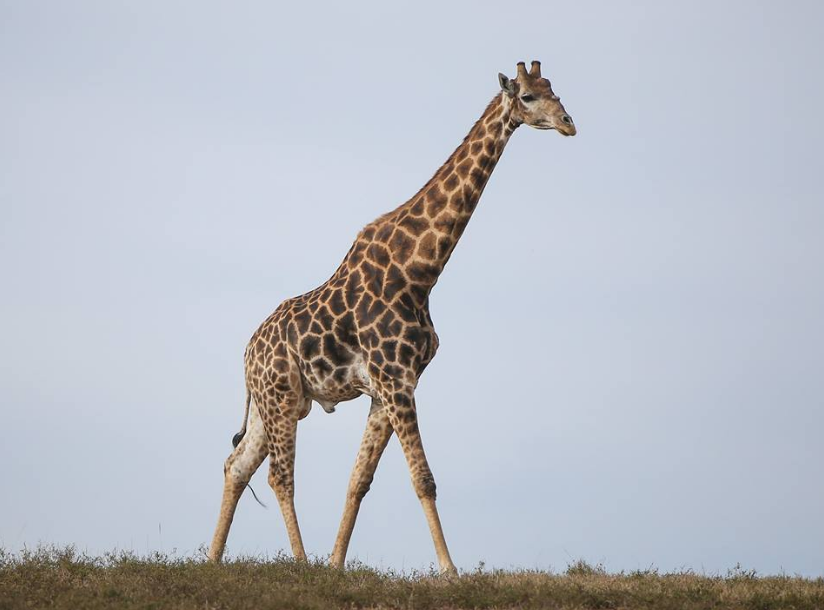For many years I have taken teams of people to South Africa to do work among those less fortunate than most of us. This last month I was reminded once again that we often think we are going to faraway places to give of ourselves and our resources, but we end up receiving life altering insights and gifts as we connect with those in need and recognize our common bond in humanity
One of the many advantages of going to Africa is the opportunity to experience a safari trip and we were fortunate enough to participate in the exciting adventure at the end of our trip. Every animal, every tree, every little bug has its role in the ecosystem. I was again exposed to how incredible nature works together in forming what has popularly become known as the “Circle of Life”
One of the amazing creatures is the magnificent giraffe. Watching a giraffe move is like being in the best seat at a world class ballet with a natural rhythm and grace that is wonderful to behold close up and personal.
Giraffe are browsers – meaning that they do not graze on the grass, but browse on leaves from trees and bushes. One of the most popular dishes for a giraffe is the Acacia tree – often with long spikey thorns in between the little leaves it seeks out. But what prevents a giraffe from eating all the succulent new leaves at the top which would destroy the growth of the tree?
Acacia trees pass on an ‘alarm signal’ to other trees when giraffe and antelope browse on their leaves. As the animals nibble on their branches the Acacia’s produce “leaf tannin” that in quantities can be lethal to the browsers. They also emit ethylene into the air which can travel up to 50 yards. The ethylene warns other trees of the impending danger, which then signals the Acacia trees step up their own production of leaf tannin within just five to ten minutes.

(Photo by Stan Brucato)
The Acacia tree also forms an alliance with the biting ant that lives on it in a relationship, evolved over many millennia, in which both species co-operate and in turn benefit from each other.
I could write a book about the relationships between all of the elements of nature (and many have been written) and how they both protect from loss and provide for one another.
I am reminded that as a Financial Advisor, all my clients’ various accounts are related to each other. Although we might separate our Retirement Plan from our College Plan, our Emergency Fund from our 401K, our savings in a CD to our Mutual Funds, our Roth from our IRA – eventually all our money is in the same pot – OUR FUNDS.
How we plan and manage each of these is related to everything else and needs to be seen as part of the whole. It would be great if our checking and savings accounts could release some kind of “Tannin” to chase us away when we spend too much!
Just like the Acacia trees, often it is preventing the losses that could be more beneficial than always trying to pick the winners. Proper planning is essential to provide for your future.
Whether it be for College Planning or Retirement Financial Planning, let’s PLAN
To schedule a time to meet with us please e mail davec@collegeplanningamerica.com or call 714-813-1703
Dave Coen is CEO of College Planning America and a Registered Representative at Sageview Advisory
davec@collegeplanningamerica.com / dcoen@sageviewadvisory.com

 Apply for a College Planning America Scholarship
Apply for a College Planning America Scholarship